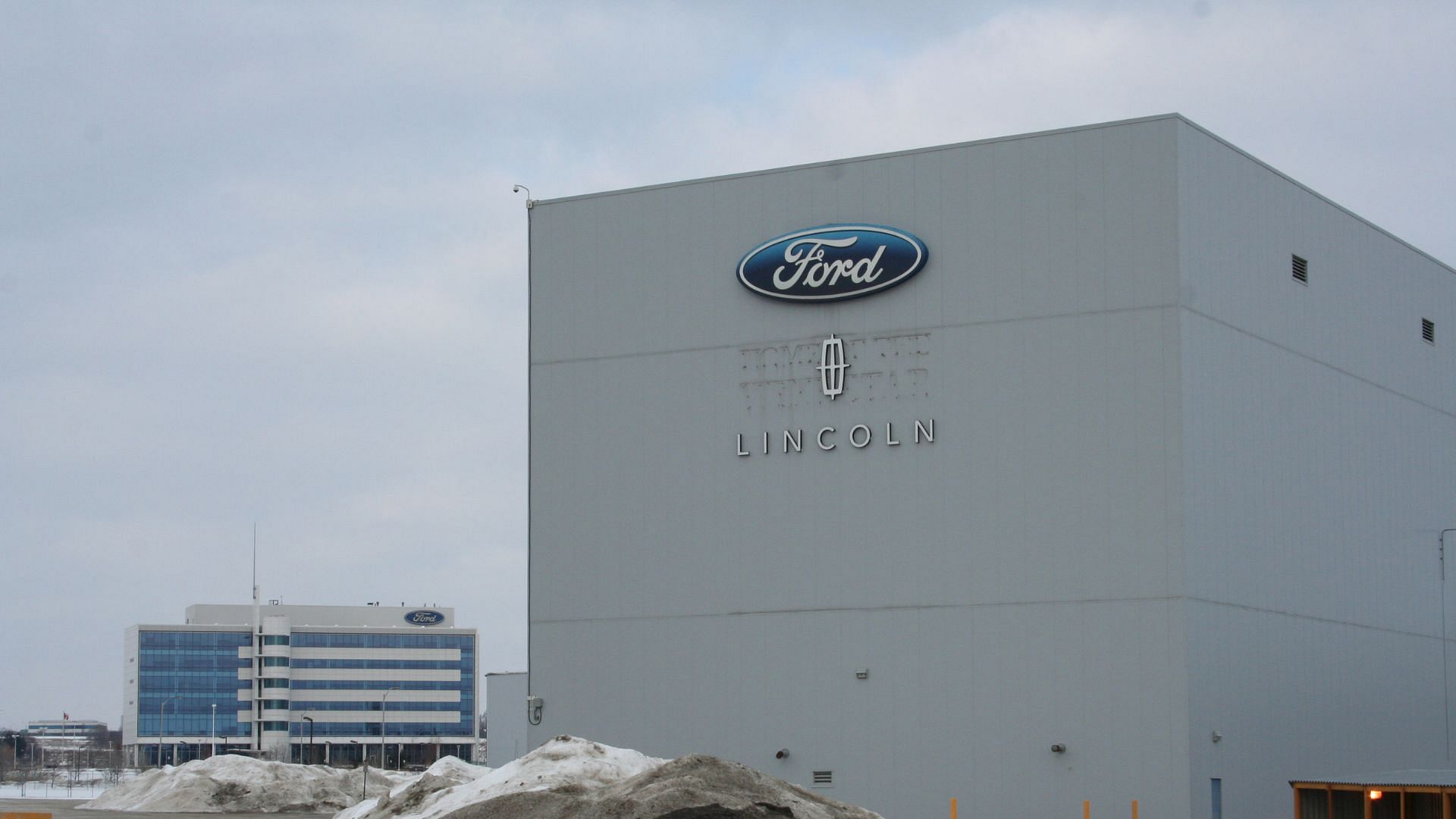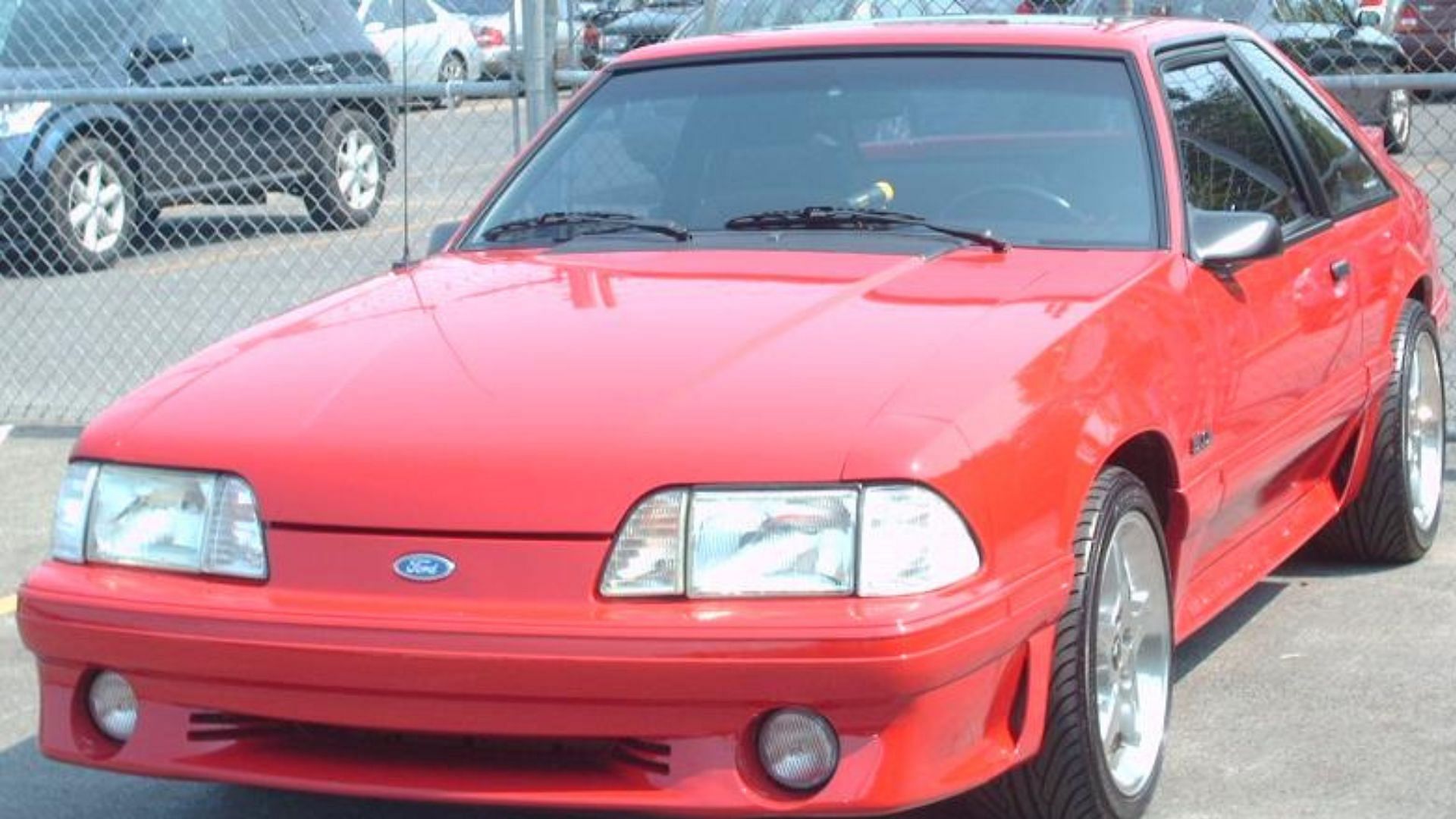10 Interesting Facts to Know About The Legendary 302 Windsor
The Windsor 302 remain a popular choice among hot-rodders and restomodders thanks to its expansive aftermarket and reliability. Here is a run down on the iconic 302 Windsor engine and its variants
Published August 2, 2024

Table of Contents
- Ford small-block V8 family connection
- Windsor name with the 302 small block
- Models that used small block Windsor V8
- It started with GT-40
- Don’t forget the Boss 302
- Output of 302 Windsor small block V8
10. Ford small-block V8 family connection
The 302 Windsor Engine is part of the Ford small-block V8 engine family which started in the early 1960s. The small V8 engine project was named the ‘Canadian X Project’. A man named George Francis Stirrat led the design and project development of the Windsor V8 with a group of nine engineers.
9. Windsor name with the 302 small block
Ford's small block V8 engine series is also famously known as the Windsor V8 series. However, the ‘Windsor’ tag was not officially used by Ford. It is the enthusiasts who liked to add Windsor with the small block engine. The 302 Windsor V8’s manufacturing started in Windsor Plant which was located in Ontario, Canada.

Ford kept producing it in Windsor until 1978. However, after 1978, the manufacturing was done by Cleveland Plant in Ohio, USA. On a side note, Ford Australia also developed a 302 V8 engine under the 335-series engine series which was sold in Australia.
7. Models that used small block Windsor V8
The small block V8 engines from 1961 to 2002 were a source of power for many cars including the Ford Fairlane, Ford Granada, Mercury Marquis, Mercury Meteor, Mercury Cougar, and of course who can forget the Ford Mustang? However, the list is not limited to these.

Many other automobiles including Ford Fairlane/Ford LTD, Ford Maverick, Mercury Mountaineer, and more were also hiding the small block Windsor V8 under the hood.
Additionally, the AC Cobra came with a 260 cubic-inch small block V8. Moreover, the Shelby GT350 and the MKI GT40 are also notable names that used the 289 cubic-in HiPo engine. Lastly, the Ford F-150 pickup trucks also used the 302 cubic-inch or 5.0L V8 engine.
6. It started with GT-40

The 289 cubic-inch engine was finally overbored to give birth to the famous 302 cubic-inch or 5.0L V8 small block engine. When it was new and fresh, the 1967 Ford GT-40 became the first recipient which derived power from the 302 which came with a new head design.
Later for the 1968 Trans-Am season, a new 302 "Tunnel-Port" version with an aluminum dual quad intake was used.
5. Don’t forget the Boss 302
Although only Ford Boss 302 Mustangs from 1969 and 1970 used the Boss 302 small block engine, its fame still lives today. The high-performance version of the 302, the Boss engine should not be confused with the 302 Cleveland Ford small block engine from Ford Australia.

Meanwhile, the 1968 302 Windsor engine laid the foundation for the Boss 302. However, when the manufacturing was moved to Cleveland, the Boss 302 V8 engine again saw some design changes. Some notable updates include Cleveland cylinder heads, a 10.5 to 1 compression ratio, and increased power.
4. Output of 302 Windsor small block V8
The early two-barrel carburetor 302 cubic-inch V8 engine produced 220 horsepower and 300 lb-ft of torque. The four-barrel 302 V8 version added an extra 10 horsepower. However, in 1972, the power output was limited to 210 horsepower due to emission regulations.
In the US, the 302 Windsor V8 was eventually rated as low as 122 hp. On the other hand, its predecessor like the 221 cubic-in or 3.6L V8 from 1962 made 145 horsepower. Later, the 260 cubic-inch or 4.3L V8 made 164 horsepower.
The high-performance XHP-260 is used to put out 260 horsepower. Furthermore, the 289 HiPo engine could make as much as 271 horsepower and 312 lb-ft of torque. Moreover, the GT-350’s 289 V8 engine with an optional Paxton supercharger was able to put out 390 horsepower.
In 1968, the Shelby GT350 with a 302 V8 engine was making 315 horsepower and 333 lb-ft of torque. On the other hand, the 351 Windsor V8 (not 351 Cleveland) came into the market in 1969 and stayed till 1996. It was initially rated at 290 horsepower.
3. Successors like the 255
EPA CAFE standards finally forced Ford to replace its 302 small block V8 engine. The successor was the 255 cubic-in or 4.2L engine which made up to 122 hp. Several Ford cars were equipped with the new 255 engine.
The Ford LTD had a standard 4.2L motor whereas Capri, Thunderbird, Mustang, and some other cars were offered it as an option. However, the 255 engine did not last long due to lackluster performance. Hence, as a result, it was discontinued in 1982.
2. Legacy that was passed
5.0 H.O. or High Out was introduced in 1982 after the disappointing response for the 255. The Mustangs and Mercury Capris models were the first ones to get the 5.0L High Output two-barrel carburetor V8 engine.
This new engine also came with a new firing order, a camshaft taken from 351W, and a double roller timing chain. In 1984, Ford finally introduced the central fuel injection system or CFI in the Mustangs which used a 4-speed automatic transmission.
On a side note, the Fox-chassis Mustangs from 1979 to 1995 were fitted with a liquid cool overhead valve 90-degree 302 V8 engine.
Meanwhile, the Boss 302 name was again revived when a new Boss 302 engine was unveiled at the 2006 SEMA show. Moreover, a modern high-performance Boss 302 model under the Mustang range was also launched in 2012.
1. How many were built?

Under the banner of the small block Windsor engine series, 371,000, units of the 221 engine were produced whereas 604,000 units of the 260 engine were made.
Meanwhile, only 100 examples of the XHP-260 were manufactured. The numbers were quite high for the 289 cubic inch Windsor motor. An estimated 4,300,000 units of 289-2V and -4V were collectively produced.
At the same time, the 289 HiPo or K-Code small block V8 engine saw production of around 25,000 units. Furthermore, only 50 examples of 302 GT-40 engines came out of the factory.
Additionally, 253,000 units of the 255 small block V8 were manufactured. Lastly 8.6 million units of the 351W engine came out of the Windsor Plant and it was also used in the likes of the 1980 Continental Mark VI and 1979–1996 Ford Bronco.

Certain 302 Windsor's were built in Mexico and were primarily used pickups of all sorts. They bear the engraving "Hecho en Mexico".
All 302 Windsor's featured cast iron heads and liners. At the same time, some had EF1, and CARB-specific filters and came in either HO or non-HO trims. as explained by the expert at Mustang forums above.
Write a comment
Comments
No Comments Yet









